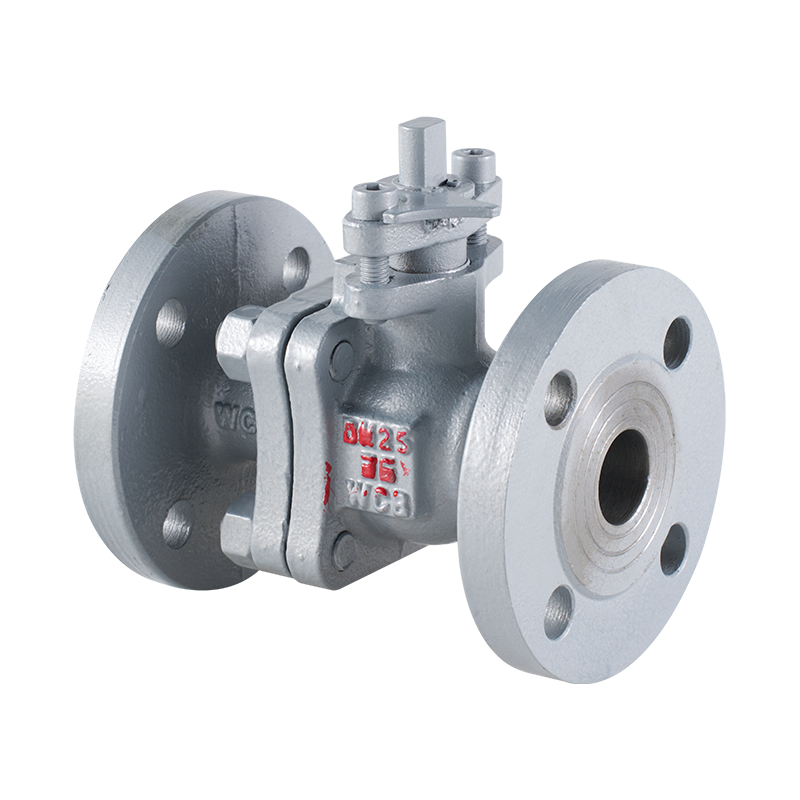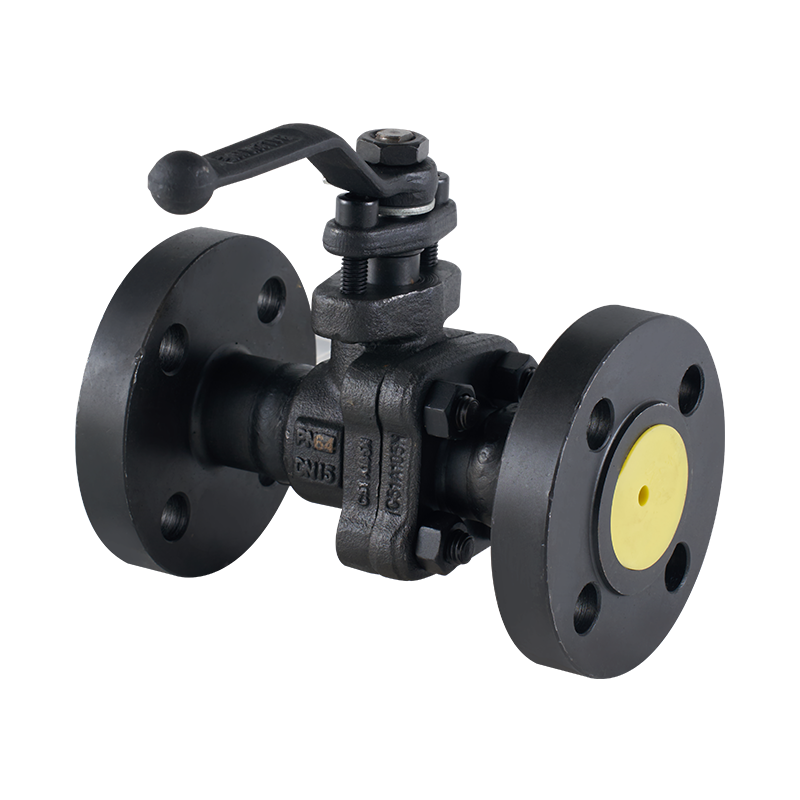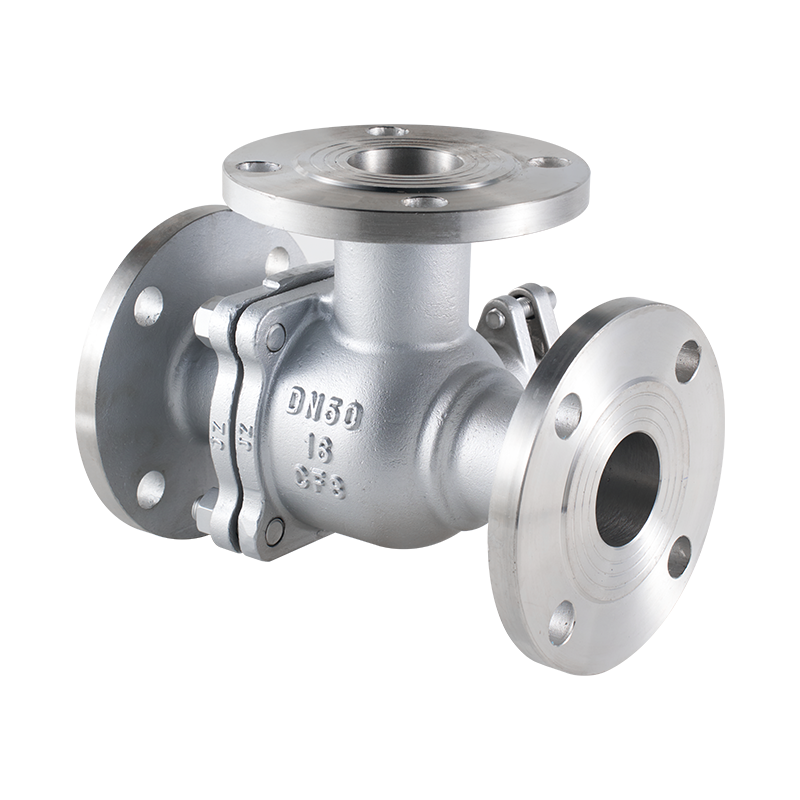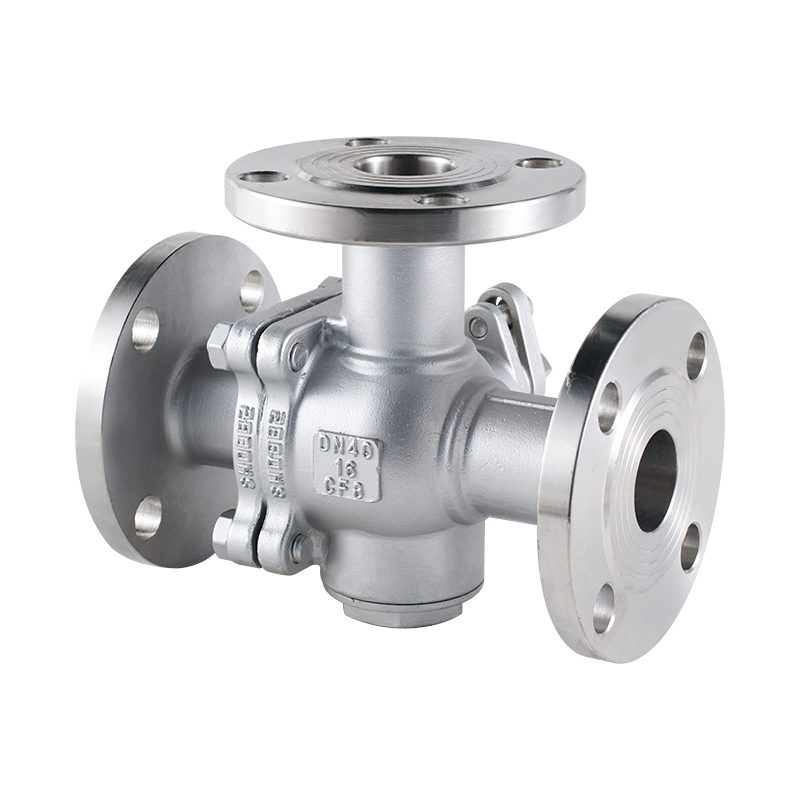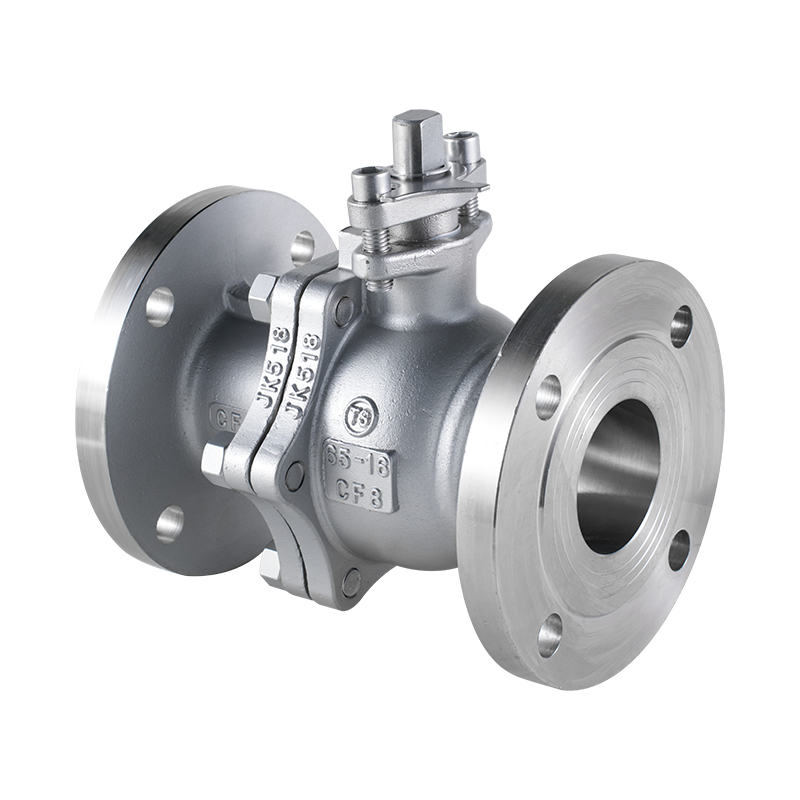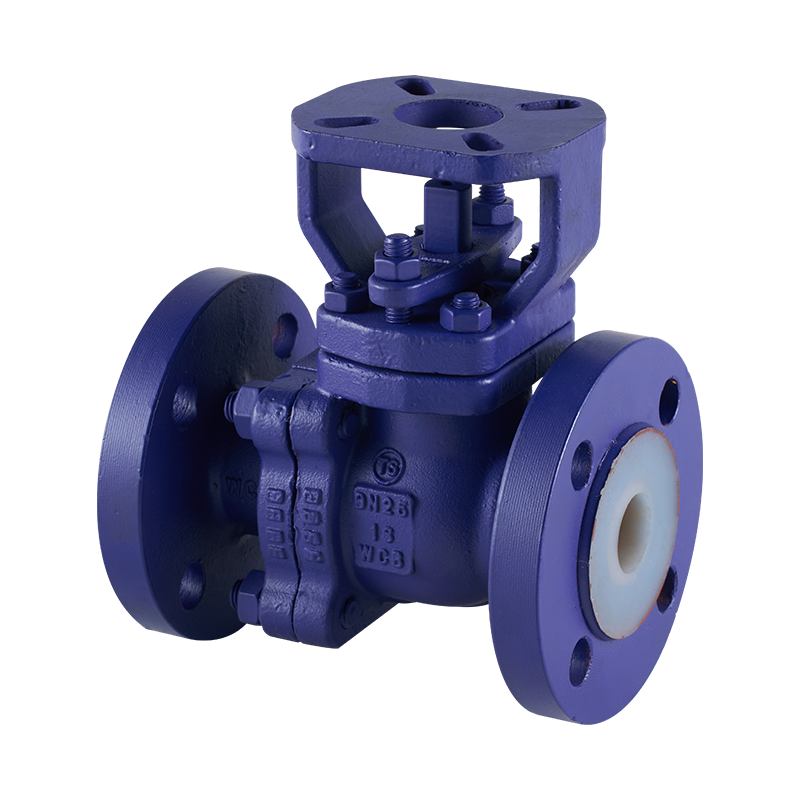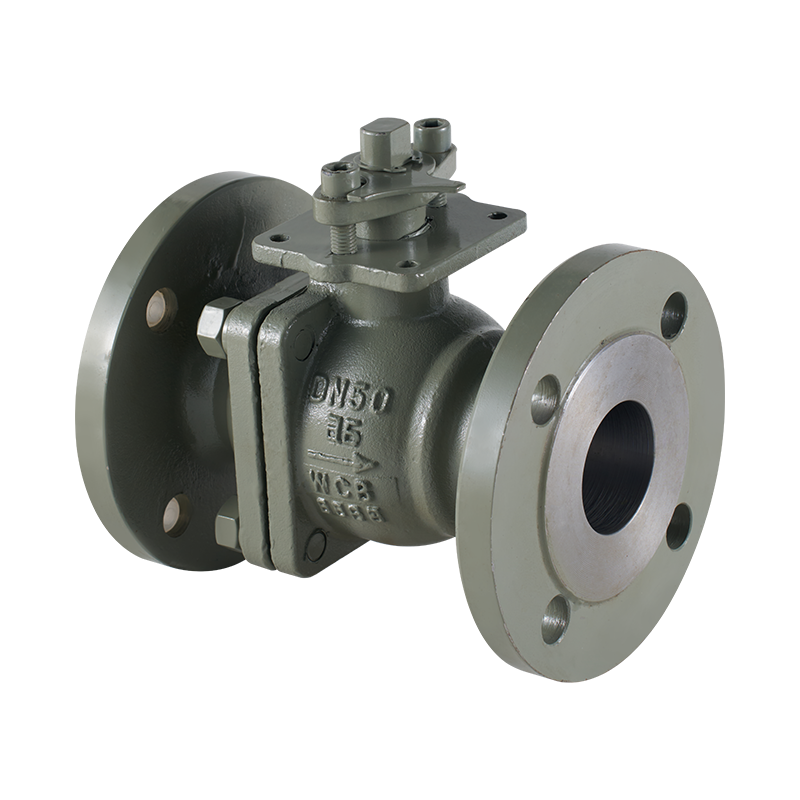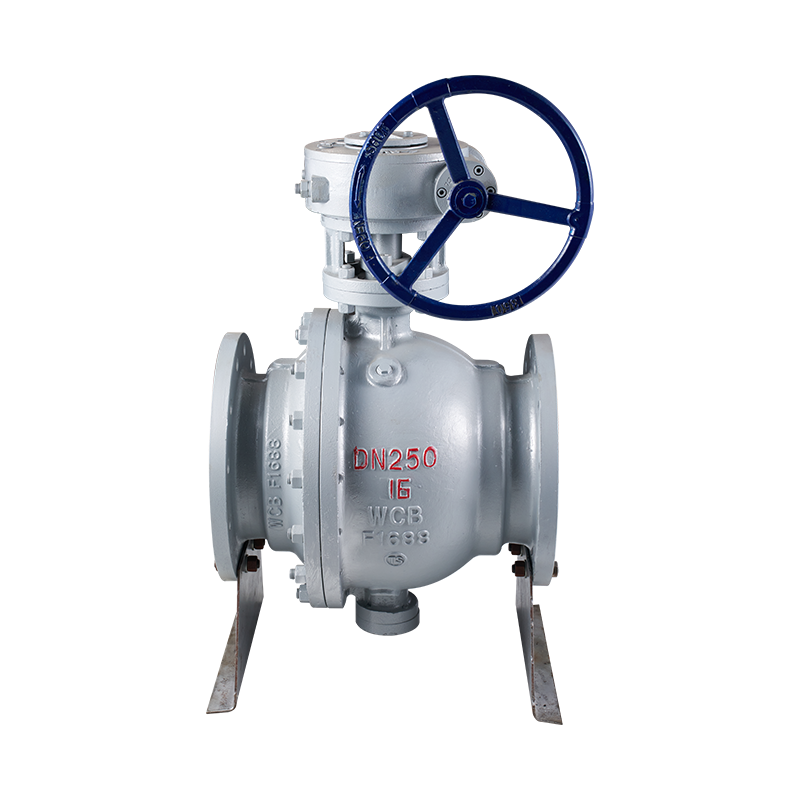The valve industry is gradually embracing smart technologies, and this evolution is clearly visible in the development of ANSI Gate Valve products that incorporate intelligent features. Meanwhile, ANSI Butterfly Valve models continue to benefit from automation and digital integration as well. These advancements reflect the growing need for precise control, remote monitoring, and predictive maintenance in industries such as petrochemical, water treatment, and power generation.
Smart valve solutions designed to meet ANSI standards provide not only compliance with pressure and dimensional requirements but also enhanced operational flexibility. As digital transformation accelerates, manufacturers and end-users alike are discovering new benefits from integrating smart systems with trusted ANSI-rated valves.
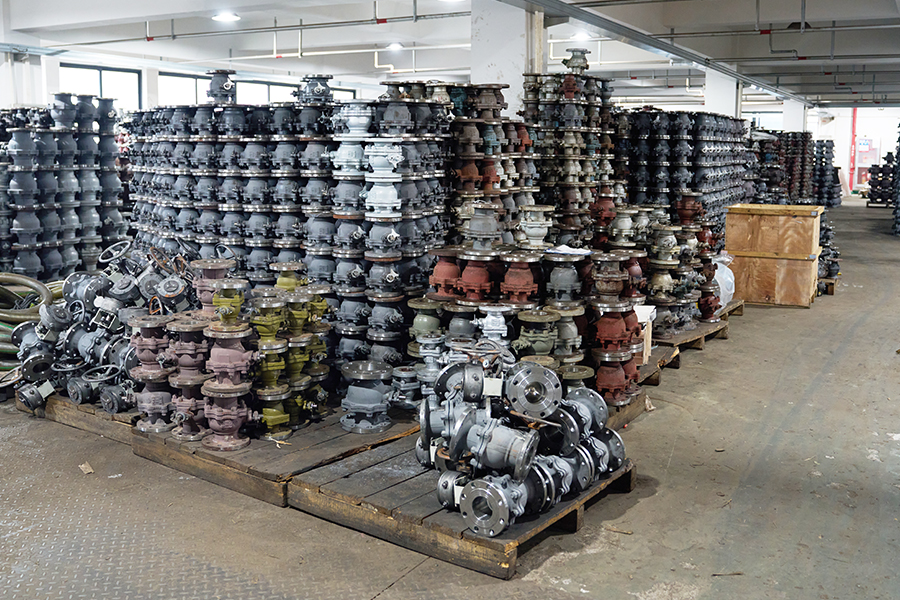
1. What Are Smart Valve Solutions?
Smart valve solutions combine traditional valve functionality with advanced electronic components—such as sensors, actuators, and communication modules—to allow remote control, real-time monitoring, and data-driven diagnostics.
For ANSI gate valve applications, this can mean:
Automated opening and closing sequences controlled from a central system
Monitoring of valve position and flow rate through integrated sensors
Alerts for unusual conditions such as leaks or actuator malfunctions
Similarly, ANSI Butterfly Valve units are increasingly fitted with digital actuators enabling rapid response and remote adjustments, often essential in modern automated plants.
2. Benefits of Smart ANSI-Valve Integration
Enhanced Operational Efficiency
By using smart actuators and sensors, operators can adjust valve positions precisely and quickly without manual intervention. This reduces response times during critical operations and supports energy-efficient process control.
Predictive Maintenance Capabilities
Smart valves continuously collect data on factors like torque, temperature, and vibration. Analyzing this data helps predict wear or failure before it occurs, reducing unplanned downtime and maintenance costs.
Improved Safety and Compliance
Remote monitoring allows early detection of anomalies or safety hazards. In hazardous environments, this reduces the need for manual valve inspections and enhances worker safety.
3. Industry Examples and Applications
Petrochemical Sector
Smart ANSI Gate Valves control flow in complex pipelines, where precise positioning ensures product quality and reduces risk of leaks. Remote diagnostics enable maintenance teams to act before problems escalate.
Water Treatment Plants
ANSI Butterfly Valves with digital actuation enable automatic flow regulation based on real-time water quality data, optimizing treatment processes and conserving resources.
Power Generation
Automated ANSI-rated valves allow rapid isolation and regulation of steam or cooling water lines, critical for safe plant operation and load adjustments.
4. Challenges and Considerations
Integration with Existing Systems
Retrofitting smart actuators onto traditional ANSI valves requires compatibility with existing control systems and communication protocols.
Cost Implications
While smart valves offer long-term savings, initial investment costs can be higher. Organizations must weigh these costs against expected benefits in efficiency and reliability.
Cybersecurity Concerns
As valves become network-connected, protecting control systems from cyber threats becomes essential.
5. Zhejiang Xiongxiang Valve’s Approach to Smart Valves
At Zhejiang Xiongxiang Valve Co., Ltd., we recognize the growing role of smart technologies in fluid control. Our ANSI Gate Valve and ANSI Butterfly Valve product lines are designed to accommodate smart actuators and sensor integration. Key features include:
Precision valve bodies compatible with electric and pneumatic actuators
Valve designs allowing easy installation of monitoring devices
Collaboration with clients to customize smart solutions tailored to specific industrial needs
This approach helps our customers implement smart valve systems that meet both ANSI standards and modern digital requirements.

 English
English 中文简体
中文简体


